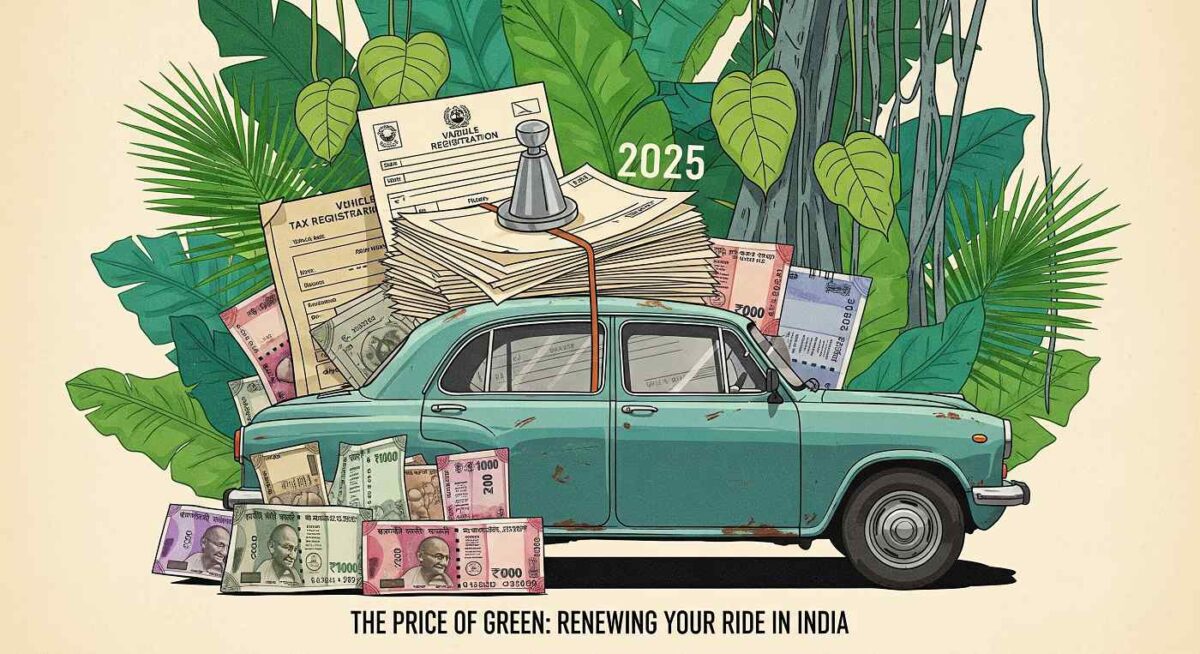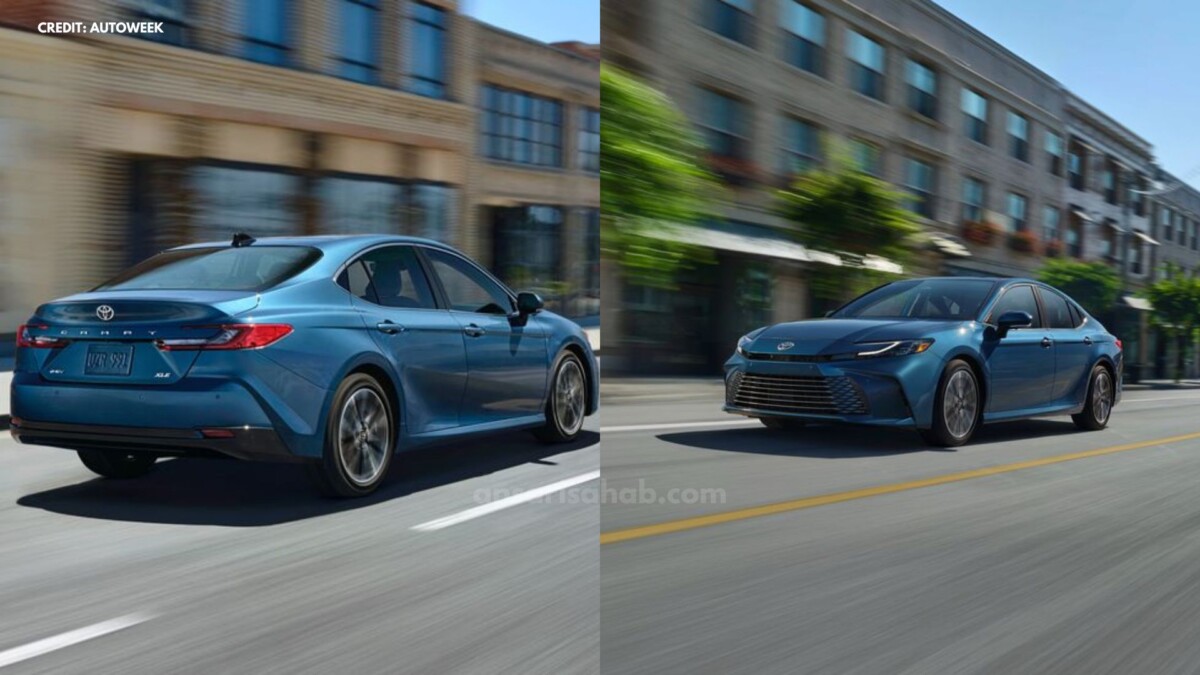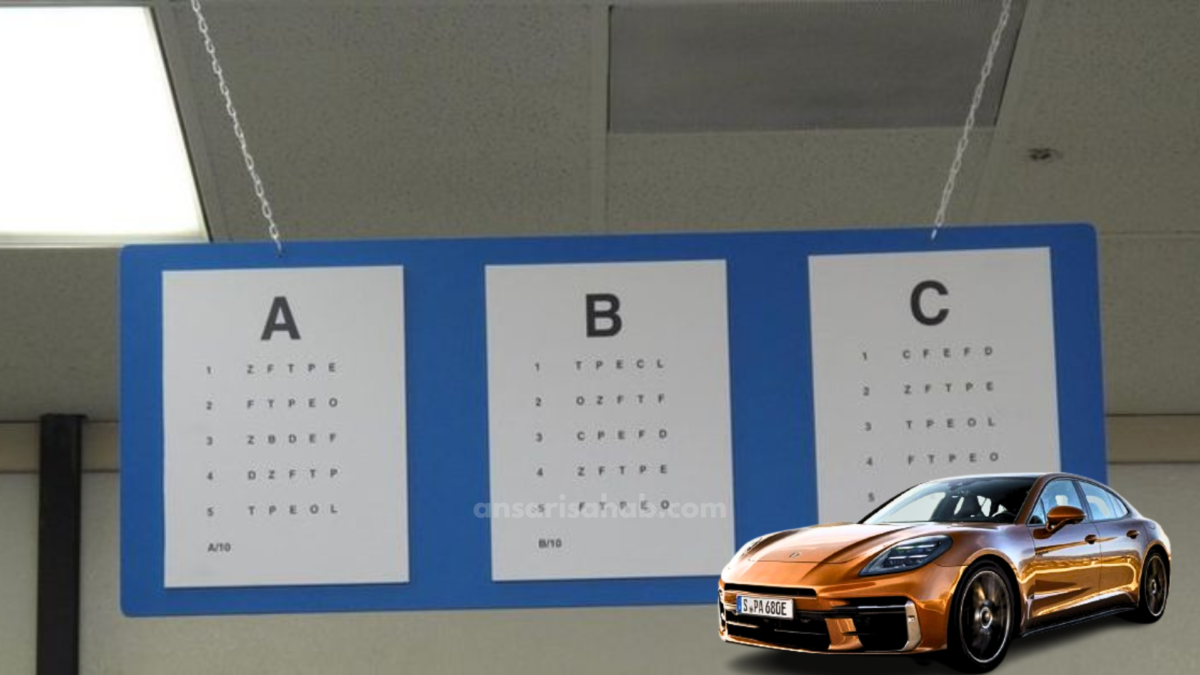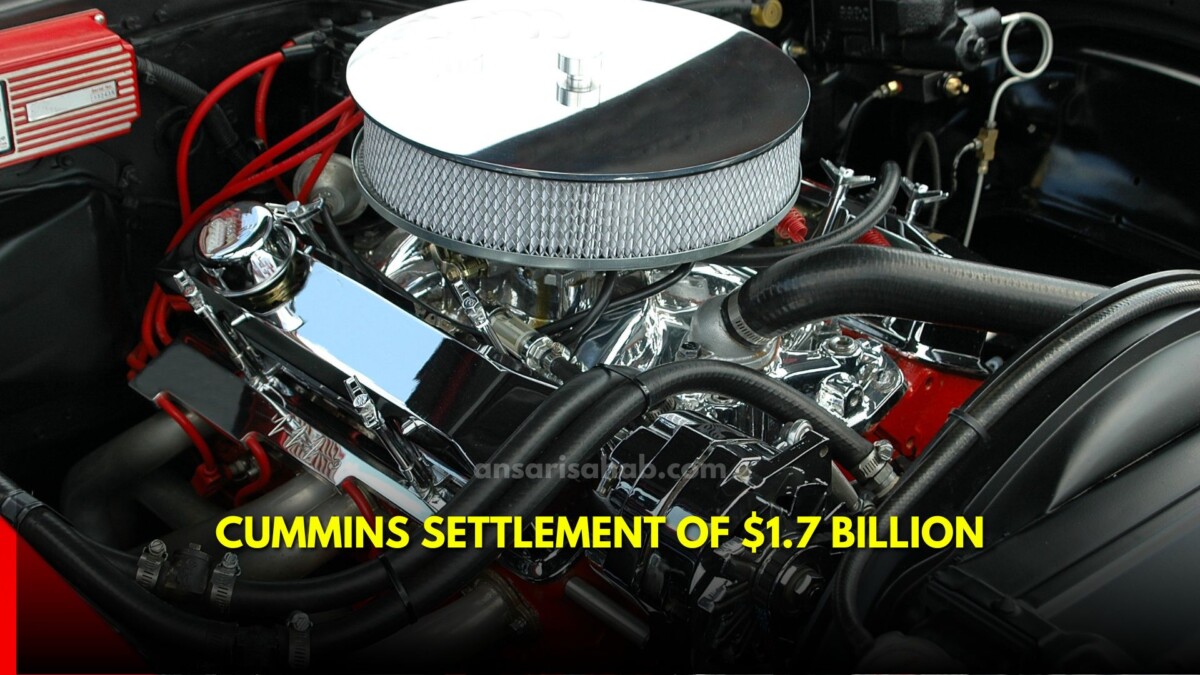Why “Registration Renewal Costs for 20-Year-Old Vehicles” Matters in 2025
If your car or motorcycle is hitting the 20-year mark, the decision to renew the RC (Registration Certificate) versus retire or scrap the vehicle has become a genuine cost–benefit exercise in 2025. Policy updates now raise renewal charges for vehicles older than 20 years, while leaving the 15–20-year bracket unchanged. Add state-level green taxes, fitness testing at Automated Testing Stations (ATS), and a strengthened scrappage ecosystem, and you’ve got a new playbook for owners of legacy vehicles across India.
RC Renewal Fees for 20-Year-Old Vehicles—What You’ll Pay in 2025
For vehicles older than 20 years, the central fee for renewing the RC has been increased. The headline changes you should know:
- Light Motor Vehicles (LMVs / private cars): Renewal fee increased to ₹10,000 (older than 20 years).
- Motorcycles: Renewal fee increased to ₹2,000 (older than 20 years).
- Three-wheelers/Quadricycles: Renewal fee increased to ₹5,000 (older than 20 years).
For vehicles in the 15–20-year window, renewal fees remain at earlier levels (e.g., ₹5,000 for LMV and ₹1,000 for bikes at 15+ in earlier regime), but once your vehicle crosses the 20-year threshold, the doubled fee applies. The policy nudge is clear: rethink how long you keep older ICE vehicles on the road.
Quick take: If your car is 19 years 6 months old, you’ll likely pay the standard 15–20-year renewal fee now—but expect the higher 20+ fee at the next renewal window.
Green Tax on Old Vehicles—What to Expect
Beyond central renewal fees, most owners must budget for “green tax” (environmental tax) at RC renewal—typically assessed at renewal after 15 years for private vehicles and as a percentage of the state road tax. The exact amount varies by state and vehicle category. For example, one state schedule shows different slabs for 15–20 years vs 20+ years and separate rates for two-wheelers vs other vehicles. Always check your state transport department schedule before you compute final costs.
Rule of thumb: In many states, expect a green tax on top of the RC renewal fee once your private vehicle is older than 15 years—with a higher slab potentially kicking in after 20 years.
Fitness Testing and ATS—What Changed for 2025
Fitness testing has become more structured and tech-driven. Key points:
- Private (non-transport) vehicles: Fitness is checked at RC renewal after 15 years, and then every 5 years thereafter.
- Automated Testing Stations (ATS): The government’s ATS rollout means fitness checks are migrating to automated lanes with machine-based measurements for brakes, emissions, headlamps, alignment, etc. Timeline extensions were granted, but states are now expanding ATS capacity to handle volumes.
Why it matters: Automated testing reduces human discretion and can make failing components harder to “sneak through.” Budget for pre-fitness maintenance (brakes, tyres, suspension, emissions).
The 2025 Cost Stack—All the Line Items to Budget
When renewing a 20-year-old vehicle, your total outlay typically includes:
- RC Renewal Fee (central):
- ₹10,000 (car/LMV, 20+ years),
- ₹2,000 (motorcycle, 20+ years),
- Other categories vary (e.g., three-wheelers ₹5,000).
- Fitness Test Fee: Payable at the ATS or designated facility; varies by state and vehicle category (budget a few hundred to a few thousand rupees).
- Green Tax (state-levied): Often % of road tax or fixed slabs by category and age; check your state’s schedule.
- Emission (PUC) Certificate: Nominal but mandatory.
- Mechanical Rectification Costs: Parts and labour to pass fitness (brake liners, tyres, shocks, lights, exhaust/emission fixes).
- Insurance (mandatory): Renew third-party or comprehensive; premiums for older vehicles can vary.
- Miscellaneous RTO Charges: Smart card/RC card, postal, agent/handling charges (if applicable).
Budgeting tip: For many 20-year-old cars, the combined renewal + green tax + maintenance can exceed the vehicle’s market value—a key factor when weighing renewal vs scrappage.
Renewal vs Scrappage—How to Decide at 20 Years
India’s Vehicle Scrappage Policy is designed to funnel unfit, high-emission vehicles out of circulation. You’ll encounter incentives (scrappage certificate discounts from OEMs/dealers, possible waiver in certain charges) and disincentives (higher renewal/fitness fees for older vehicles) to encourage a switch.
Choose renewal if:
- Your vehicle is mechanically sound, has low running, and you can pass ATS fitness with modest spending.
- You have sentimental value or bespoke modifications you want to retain.
- You live in a state where green tax and insurance remain moderate for your category.
Consider scrappage if:
- Fitness repairs and parts replacement cost more than the residual value.
- The total 3-year cost of keeping the car (fuel, maintenance, taxes, insurance) exceeds the EMI/lease on a cleaner, newer replacement.
- You want to capitalize on scrappage certificate benefits and lower running costs with a newer vehicle.
Step-by-Step: How to Renew Registration for a 20-Year-Old Vehicle
- Pre-Inspection & Maintenance
- Do a mechanical health check (brakes, tyres, suspension, steering, lights, emissions).
- Fix oil leaks and ensure your exhaust/catalytic converter is healthy to avoid fitness fail.
- Documents & Compliance
- Valid insurance, recent PUC, identity/address proof, original RC, chassis imprint, updated engine number if replaced, and tax paid proof if required by state.
- Book Fitness at ATS
- Schedule a slot online (where available). Arrive with the car clean and warmed up (helps emissions).
- If you fail on any parameter, rectify and retest.
- Pay Renewal + Green Tax
- Settle the central RC renewal fee and the state green tax (if applicable). Keep all receipts.
- Track RC Delivery
- Many states issue digital RC in the mParivahan/Vahan system first; the physical smart card may arrive later.
Money-Saving Playbook for Owners of 20-Year-Old Vehicles
- Fix to Pass, Don’t Over-Restore: Focus on fitness-critical items first; avoid cosmetic spends before you pass.
- Time Your Renewal: If you’re close to 20 years, weigh whether renewing in the 15–20 window (where fees are lower) makes sense now—versus waiting and paying the 20+ fee later.
- Shop Insurance Smartly: Third-party is mandatory; compare TP-only vs basic own-damage add-ons and pick the essentials.
- Tune for Emissions: Fresh engine oil, clean air filter, healthy spark plugs/injectors, and proper tyre pressure can make or break your fitness outcome.
- Know Your State’s Green Tax: Some states publish clear slabs for 15–20 and 20+ vehicles—plan your renewal around those thresholds if feasible.
- Consider Scrappage Benefits: If your annual spend on an old vehicle is ballooning, a scrappage certificate + OEM exchange could lower the on-road price of a cleaner replacement.
Summary
Renewing a 20-year-old vehicle’s registration in 2025 is no longer a routine formality—it’s a strategic decision. The central renewal fee jump at 20+ years, state-level green taxes, and ATS fitness requirements all push owners to evaluate true cost of ownership versus the benefits of replacement. If your car or bike is mechanically sound and you love it, budget carefully and prep it to ace fitness. If rising costs and repairs are piling up, scrappage + exchange may deliver better value and cleaner motoring.
Either way, go in with a clear cost breakdown, check your state’s current green-tax slab, and schedule ATS fitness early to avoid last-minute surprises. That’s how you’ll make the smartest call on a 20-year-old vehicle in 2025.
FAQs—Registration Renewal Costs for 20-Year-Old Vehicles (2025)
For private LMVs older than 20 years, the central RC renewal fee is ₹10,000, exclusive of state green tax, fitness fee, PUC, and other incidentals.
₹2,000 at the central level, plus any applicable state green tax, fitness, and misc. charges.
Yes. Private vehicles undergo fitness at renewal after 15 years, and then every 5 years. Testing is increasingly routed through Automated Testing Stations (ATS).
A state-levied environmental tax typically applied when private vehicles cross 15 years and renew RC. Amounts and slabs vary by state and can be higher after 20 years.
It depends on your fitness repair costs, green tax, insurance, and annual running costs. With higher 20+ renewal fees, scrappage can make financial sense—especially if you use the scrappage certificate against a cleaner replacement.
Exemptions can exist for vintage/classic registrations and special categories (police, defense, etc.), but rules are narrow and state-specific. Check with your RTO.
For private vehicles, RC renewal after 15 years is generally valid for 5 years at a time, subject to fitness each cycle.
Applications, fee payments, and slot bookings are often available online via Vahan/Parivahan and your state transport portal, but physical fitness testing at ATS remains mandatory.
Implementation nuances can differ in NCR/Delhi due to stricter environmental controls and local orders. Always verify on the Delhi Transport site or with your RTO.
Original RC, valid insurance, PUC, ID/address proof, tax paid proof (if asked), and any paperwork for engine/chassis changes.








